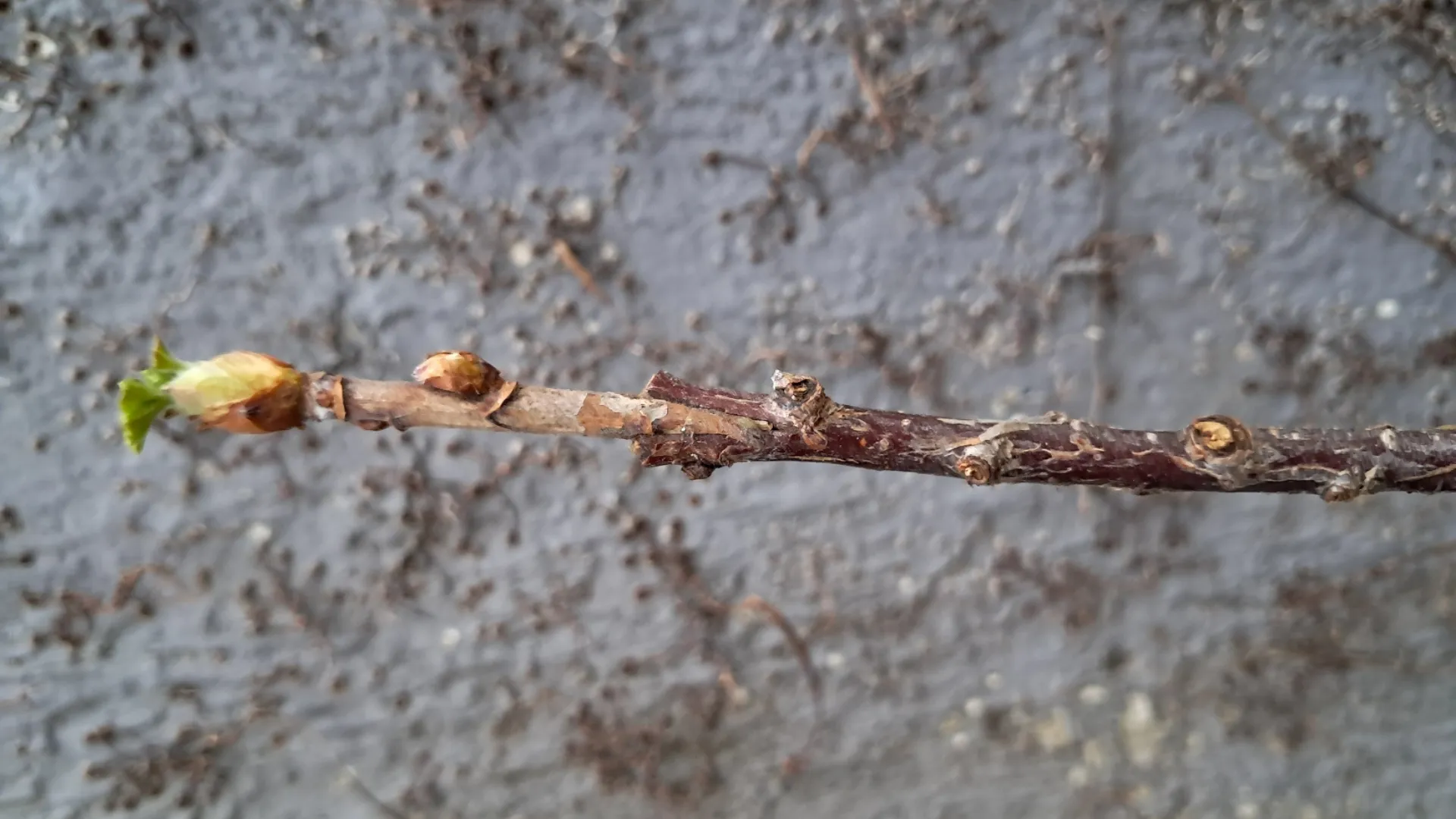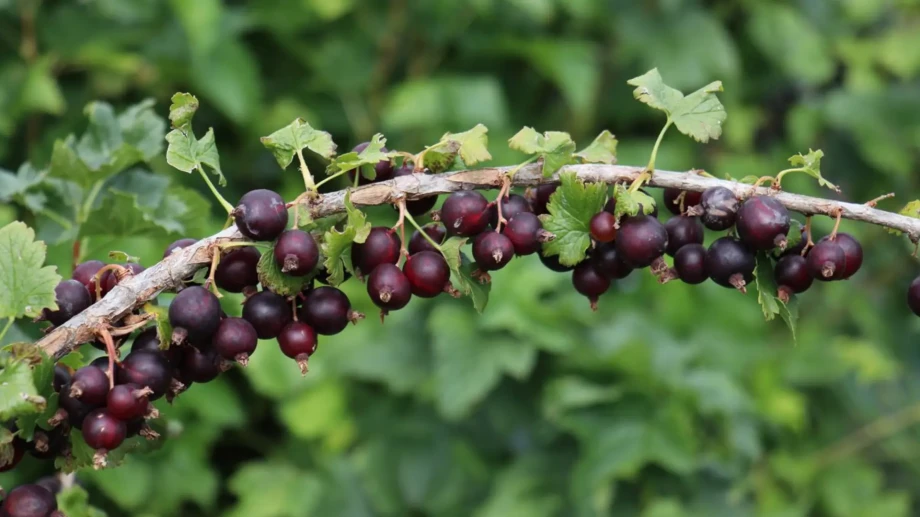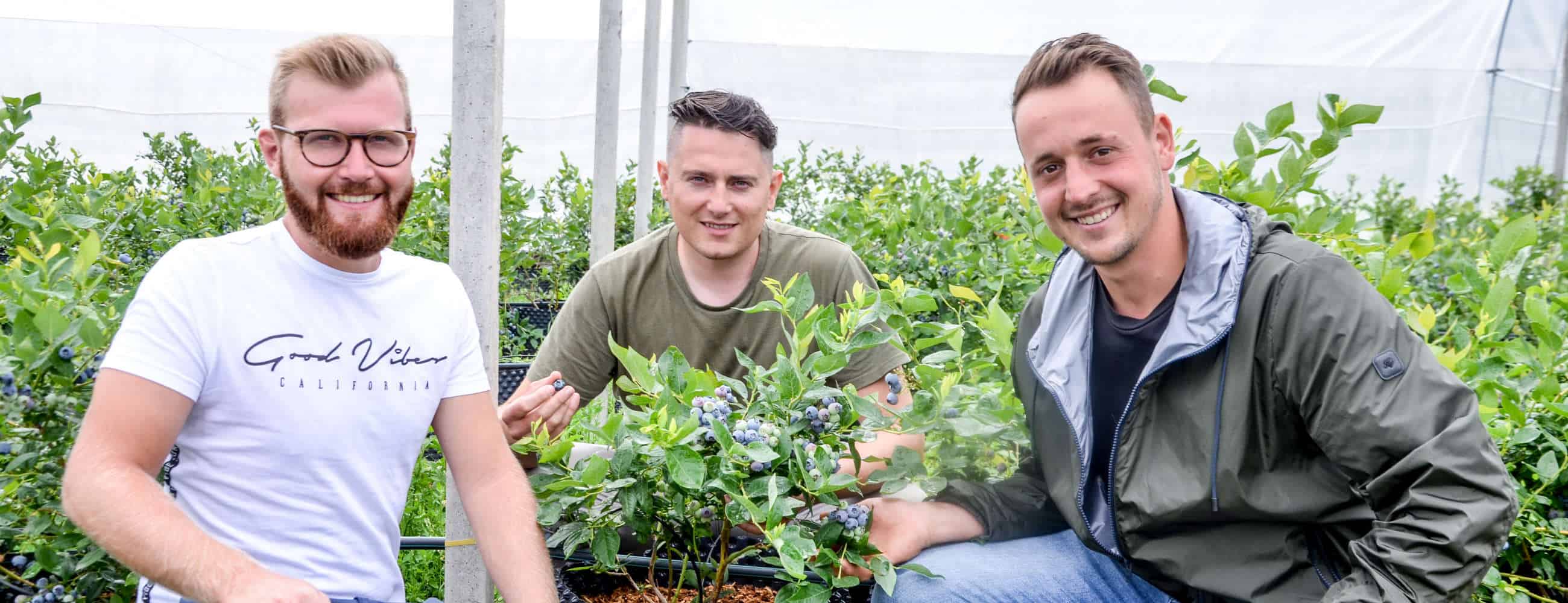In an agricultural landscape increasingly focused on innovation, sustainability, and crop diversification, Lucio Alciati offers a reflection and a concrete experiment: could an ancient grafting technique be the key to relaunching the cultivation of the Josta, a forgotten fruit with great potential? Here's what he shared with us.
What is the historical background of Josta in Valle Grana?
Lucio Alciati: "Not so long ago, Valle Grana was the queen of berry production. Raspberries, currants, and blackberries were grown everywhere, with their vivid colors and captivating aromas. Then came lower-priced imports from Eastern Europe, driven mainly by their lower labor costs. Unfortunately, this led to a shift toward kiwi cultivation, leaving behind only small and now rare plantings of those beneficial berries.
Back then, in addition to raspberries, blackberries, and red and black currants, we also tried cultivating Josta in our area, even before blueberries."
What is Josta, and why didn’t it succeed in the past?
"Josta is the result of a crossbreeding carried out about a century ago between blackcurrant and gooseberry. The aim was to obtain a fruit similar to the fragrant gooseberry but from a thornless plant. The result was a vigorous bush, thornless, and highly disease-resistant, producing tasty berries reminiscent of gooseberry, dark-colored with a crunchy skin and good shelf life. When fully ripe, their flavor approaches that of blackcurrant."
"However," he continued, "it didn’t gain popularity due to the challenging plant growth management, making it unsuitable for mechanical harvesting and relatively difficult for manual picking. At the time, its dull skin was also considered a downside—something now overlooked when you think about blueberries."
What motivated you to take up Josta cultivation again?
"While reading the insightful and comprehensive work by the late Prof. Giancarlo Bounous, co-authored with Prof. Gabriele Loris Beccaro and Prof. Maria Gabriella Mellano, titled Small Fruits and Other Superfruits (published by Edagricole), I was struck by a paragraph noting that in Eastern Europe, the technique of grafting gooseberries onto Ribes odoratum (also known as aureum) is in use."
"The Ribes odoratum, which is highly disease-resistant and resilient, is used as a rootstock to give the plant a tree-like form. This allows for easier and more convenient harvesting while also transferring its resilience and enhancing quality. It’s a technique already referenced in publications from the mid-19th century."
What prompted you to try grafting Josta onto Ribes odoratum, and what results do you expect?
Alciati explains: "I asked myself: why not try grafting the neglected Josta onto Ribes odoratum? Could it improve its structure and make harvesting easier? Will it enhance the berry's aroma? Could it further increase resilience against increasingly frequent plant diseases and climatic upheavals? Might this make it an interesting new opportunity in the berry market? Are there already answers to these questions?"
"In any case, for now my grafts seem promising for an enthusiast like me, with a field test underway. We’ll see how they perform over time," he concluded.

Between past and future, Lucio Alciati's experimentation with grafted Josta on Ribes odoratum brings renewed attention to a forgotten fruit. Time and the field will provide the answers, but interest is growing, and in an increasingly competitive berry market, every innovation matters.










